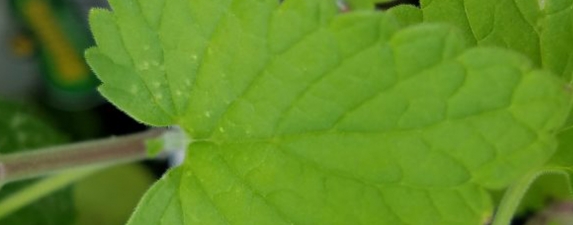
A perennial plant that thrives during spring into mid-autumn. Catnip plants are drought tolerant (and require good drainage to avoid getting soggy roots). Nepeta species love sunshine, but can also do well in mild shaded areas as long as the plant has access to sunlight for at least six or more hours. Catnip is considered to be an invasion plant and since it is part of the Lamiaceae botanical family-as are mint plants, be sure to map out where you’d like for the catnip to grown (in a separate garden, pots, or larger raised beds secured with wooden boards, etc.) to ensure it doesn’t take over too much garden space-unless, of course, if that is your intention (or, should I say, your cat’s intention!), to have a specific catnip garden just for your cats! (See bottom section for photos on ideas to start your own catnip garden).
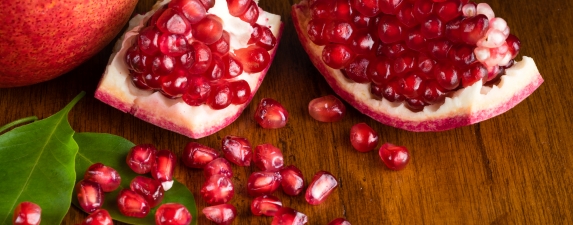
As mentioned, pomegranate (Punica granatum) was thought to be one of the first plants cultivated for its beneficial properties. Traditionally the leaves, seeds, juice, flowers, bark and roots were all used for their various effects, of which some of the most important are lowering fever, treating diabetes, diarrhea and ulcers, as well as stopping bleeding and acting as a blood tonic.¹³
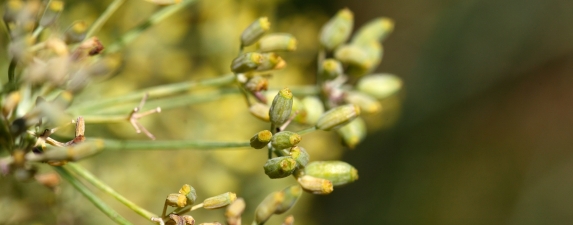
Fennel (Foeniculum vulgare) is a perennial herb that is highly aromatic. It has been described as having the flavor of black licorice, or anise (Pimpinella anisum), but many find it to be much milder, which makes it suitable for a variety of applications. There are three different plant parts that are used in cooking: The seeds, the stalk/bulb, and the fronds.
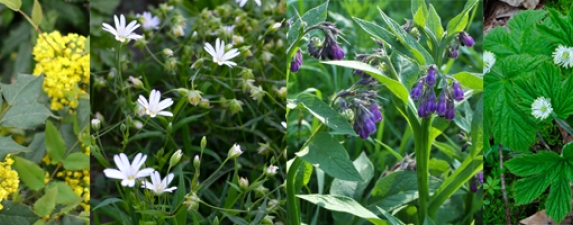
These oil-rich salves are used to nourish and protect skin. They lock moisture in, keeping skin soft and smooth throughout the seasons. Salves can be made as thick as a bar of soap. A salve will remain in a solid state at room temperature, only melting with body heat when rubbed on the skin. Salves are gaining popularity due to the possibility of being low or zero waste products.
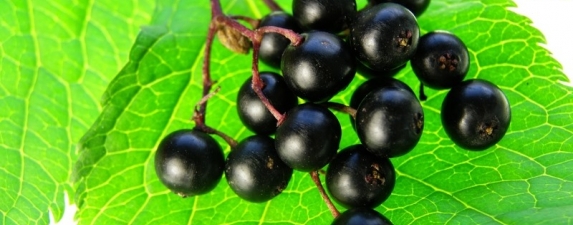
There is actually literature which shows that some of the compounds found in elderberry can be helpful against prior Coronaviruses. These compounds do not function as simple immune boosters, but rather complex structures that may aid in reducing the replication of the virus (at least based on prior data with prior Coronaviruses).